8325 BCE
In the early summer, a dashing, young, white stallion rode out in ceremony from the Kingdom of Satayu to wander through the entire continent, called Jambudvipa, for one year.
The horse wore glittering robes under its stately leather saddle. A large red scarf embellished with pearls, the insignia of the Satayu royal line, covered its massive mane. A small white banner hung from the golden crown over its forehead, marked with a sole Sanskrit inscription.
“This sacred horse belongs to the great monarch, Samrat Padmapani of Satayu. It carries the blessings of the Ashwamedha Yajna. Those who stand in its path must fight. Those who let it pass must accept Samrat Padmapani as the one and only emperor and swear allegiance to him.”
In Sanskrit, ‘Ashwa’ means horse, ‘Medha’ means sacrifice, and ‘Yajna’ means ritual. In effect, the Ashwamedha Yajna was a horse sacrifice ritual. Decades prior, ambitious rulers used this ritual on occasion to declare their sovereignty over the rest of the world. The inscription on the white banner worked as an open challenge to all the neighbouring kingdoms.
Surrender or fight.
Padmapani, ruler of Satayu, had already proclaimed himself as ‘Samrat’, emperor of the continent, amid the year-long ceremony.
A retinue of the most skilled Satayu soldiers followed the horse close behind, ready to battle anyone who sought to capture the beast.
Veerata, the emperor’s maternal cousin and favourite young general, led the troops. Even at the young age of twenty-one, all feared him as an invincible warrior, a keen tactician, and a merciless executor.
Trained in military manoeuvres and weapons of all kinds since childhood, he had a lean and muscular physique, a chiselled face, and sharp features that betrayed his imperial lineage. The only aspects that set him apart from the Emperor were his blazing, amber-coloured eyes, and the curly locks of black hair that fell from a top-knot on his head down to his broad shoulders.
Like his soldiers, he wore heavy metal armour over a light-weight leather jacket, a metal helmet, and an antariya of plain-white cotton. Other than that, he also wore pearl danglers in his ears, a bright red cummerbund around his waist, and a dark mantle across his shoulders. On foot, he was at least half-a-head taller than his soldiers. Riding on his favourite steed, his very presence was enough to drive away possible attackers.
Many kings, despite their Kshatriya lineage—the true-born warrior clans, second only to the Brahmins in hierarchy—let the horse run free in their lands, accepting the terms it carried in painful silence. They knew and feared Satayu’s might. Yet, not everyone could bear having their pride shattered in this manner.
The Kingdom of Matsya was the first to capture the white stallion and battle the young general’s forces. In three months, Veerata’s troops won the siege. King Devimitra of Matsya got beheaded in his own throne room.
The news of this tragedy reached Matsya’s vassal kingdom, Amritambu, too late. Anguished upon hearing of her adoptive uncle’s demise, Queen Nandini of Amritambu ordered her own warriors to capture the horse when it reached the borders of her kingdom.
Despite vehement opposition from members of her court, she prepared for battle. By some twisted luck of fate, her small army not only captured the beast but also brought it back to Amritam palace, the queen’s official residence, before Veerata’s soldiers got wind of the capture. Thus began the struggle that led to the inevitable fall of Amritambu.


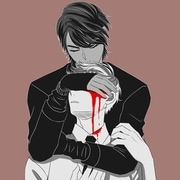


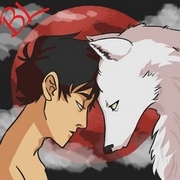
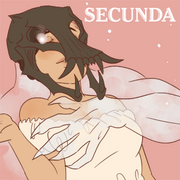
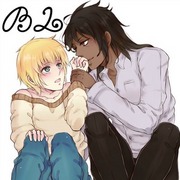

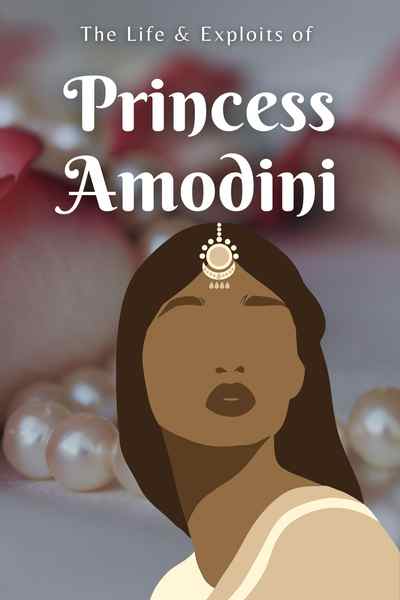
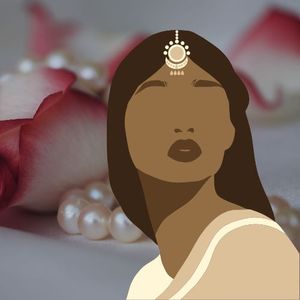
Comments (19)
See all